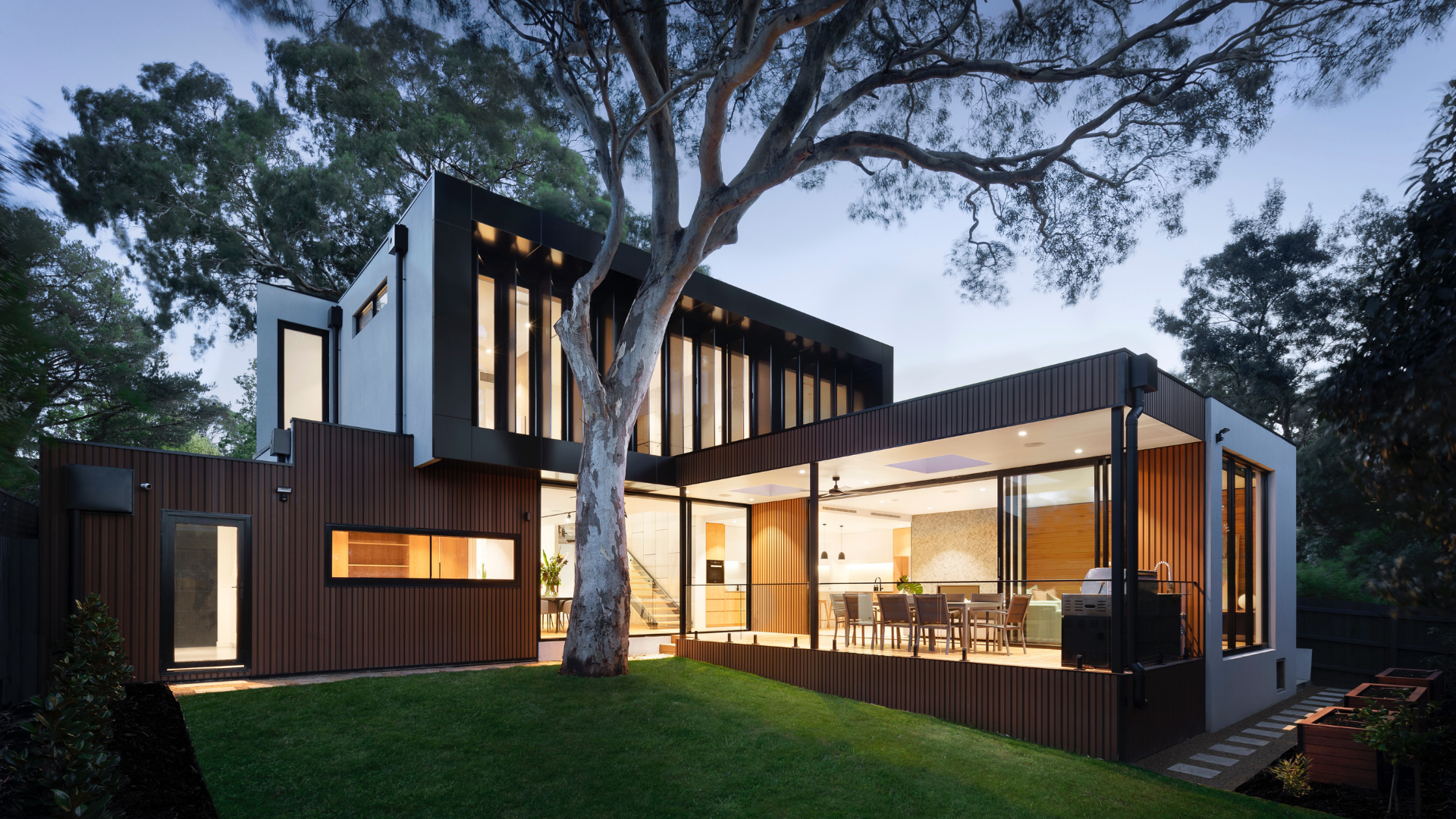How Modern Architecture Can Connect Us to Nature
By sanjit Posted 04-07-2021 Architecture
With soaring temperatures and overcrowding of living spaces today, many people are leaving cities for greener pastures in and around the countryside. The ongoing pandemic too encouraged people who were cloistered indoors to choose to move away to more tranquil settings. The trend is now opting for modern minimalistic designs inspired by nature. Further, retreating to villas or apartments such as Kasu Homes, in the quiet, peaceful and green villages in Goa offer you a connection to nature physically and through their modern architecture painstakingly designed for you. Also, read our blog post on modern classic interior designs for your living room.
Here are some of the ways in which modern architecture can connect us to nature.
Incorporating Open Spaces
Homes designed with flowing, open spaces with lesser walls, give a sense of calm and continuity. The mix of open spaces and landscape regions with constructed spaces allows users to live in continued relationships with nature. The coexistence of architecture and nature creates a positive and fresh attitude in individuals while also minimising environmental damage on a broader scale.
Further, incorporating large french windows gives the illusion of a bigger and more open space. For example, our villas at Kasu Vana and Kasu Zama lead out onto a stone patio, which further leads to the garden. This provides a sense of peace and well being. The large windows allow natural light in and ensure good ventilation as well. The open spaces allow you to witness a view of the glistening pool from within the house. You could also add a water feature that can be viewed from the windows, be it a cascading rock fountain, a Koi pond or even a birdbath, which gives a feeling of being outdoors and one with nature.
Including Natural Materials
Using natural materials in their raw or least polished state is one of the most effective ways to integrate architecture with nature. Every day, we come into contact with spatial materials. As a result, the use of natural materials such as wood, clay, mud, stone, bamboo, and so on creates a natural environment in the area and conveys the spirit of nature. Additionally, using a colour palette composed of natural hues such as earthy, grey tones, blue, brown, earthy green, and rusty shades produces an environment of harmony between self and nature.
Modern architecture also encourages the use of natural materials, which help maintain cooler indoor temperatures, thereby reducing the need for air conditioning. Using solar panels installed on the roof to provide electricity and solar lamps outdoors can do away with the need for electricity and wiring providing your entire house with renewable energy. Additionally, outdoor balconies or terraces with wide overhangs provide a place for families to dine together, with perhaps a tranquil view of distant fields bordered by swaying trees like the views from our villas and apartments at Kasu Homes.
Using the 5 Elements of Nature
It is said that we sense a greater connection to nature when the five elements of nature, namely earth, water, fire, air and space, are present around us. Our human bodies, too, are composed of these five components, and by arranging them in a spatial arrangement, the elements of our bodies and the elements of nature synchronise with one another.
In architectural space, earth refers to the built form made of earthy materials, water refers to the water bodies on the site, fire refers to the light energy obtained from the sun, air refers to airflow throughout the site-which can be achieved by having as many trees as possible on the site-and space refers to the connection between built and open spaces. One of our goals for our forest villas in Assagao, Kasu Vana, was precisely this. We ensured to incorporate an abundance of trees, swimming pools, etc to help our homeowners to feel more connected to nature. Read 5 ways to bring nature into your home on our blog.
Creating Biomorphic Architecture
Nature has been the greatest source of inspiration for architects throughout history, and each era finds a way to respond to and adapt to nature while retaining the humanistic identity and efficiency of the construction. Biomorphic Architecture is one of the modern methods that has been influenced by nature. It is a contemporary architectural style that incorporates natural shapes and patterns into the design. Its goal is to transform naturally organic forms into useful structures. It is also known as Bio-organic architecture. Some examples of this type of architecture would be using certain shapes, stripes and spots found in nature and incorporating them into your home design.
Our newest project Kasu Zira in Reis Magos is still in the making. It aspires to be our greatest property to date. If you wish for one of our villas or apartments to be the perfect dream home for you, get in touch with us. For more information and updates on the project and other queries follow us on Instagram and Facebook.
This site uses Akismet to reduce spam. Learn how your comment data is processed.


